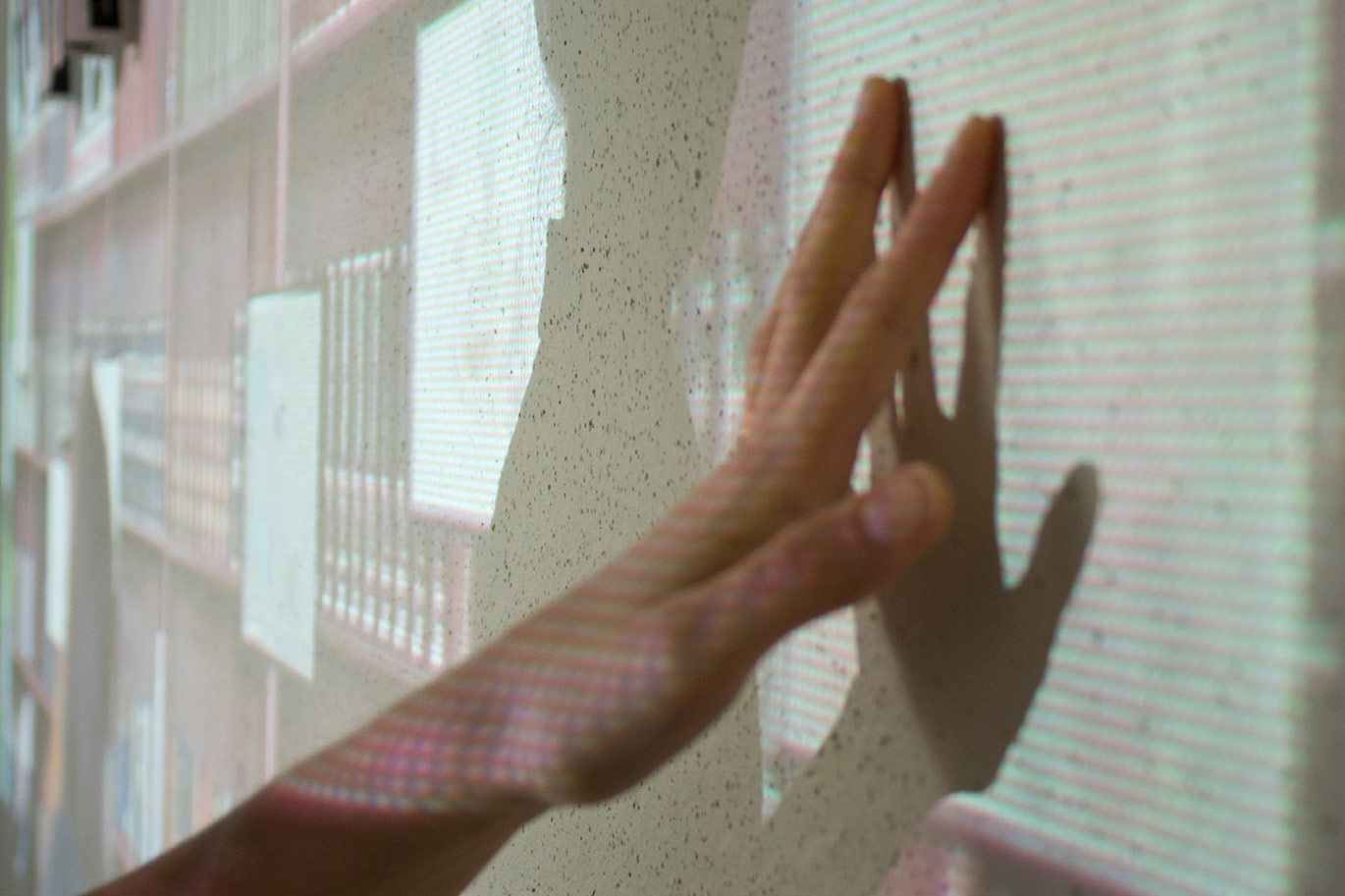- Autumn 2019
Syllabus Description:
From Athena to Lady Gaga: Art in the Modern Imagination
Art H 200, MTWThF 10:30am–11:20pm
Instructor: Marek Wieczorek, marek@uw.edu
Ever wondered why some of Picasso’s artworks look as primitive as cave paintings? Or wondered how to talk about such art, or explain the astronomical prices Picasso fetches at auction? Did prehistoric cave dwellers have a notion of art, or is our thinking and historicizing about art a product of the modern imagination? In this course we will explore such questions and an array of related topics through a select group of artworks in slide lectures, videos, interactive web features, and discussions. We will not only learn to distinguish between historical context (e.g. ‘period eye’) and our own, modern projections onto the artworks, but also discover in what ways art transcends its context and still speaks to us, a language one can learn to decipher and develop a confident literacy in.
Are you ready for a journey that begins with the discovery of the legendary Lascaux caves by some boys who dropped a ball into a chasm and ends with celebrated endurance performance artist Marina Abramović enlisting pop star Lady Gaga? We will each time try to access the artworks on an experiential level—we live, after all, in what has been dubbed ‘the age of experience’—only to develop questions that we’ll come to recognize as specific to each period. After descending into painted caves, we will ascend the Acropolis in ancient Athens to participate in the Panathenaic procession in honor of the Greek goddess Athena. We will walk the halls of the Renaissance Vatican, move stealthily through the back alleys of Reformation Antwerp and Counter-Reformation Rome, only to get shocked by the French Revolution into modernity and the birth of the modern public, with whom we stroll the boulevards and picture Salons of 19th-century Paris. And the more modern art becomes in the 20th century—through the likes of Picasso, Mondrian, Pollock, Warhol—the closer we get to realizing how marvelous art can be as a tool to examine history, ideology, beauty, and, ultimately, our own, image-saturated present.
The course and the course book will be entirely online: the electronically available book is Stokstad, Cothren, Art History and a supporting web component called Learning Catalytics, both Pearson products that integrate seamlessly with the Canvas course website. Stokstad will be available as REVEL for Art History through an Access Card you purchase at the University Bookstore, and the same applies to Learning Catalytics. Together these offer various wonderful, interactive features and study aids that will enhance your experience of the visual materials, such as the book’s e-Text, excerpted writings by artists and commentators, writing exercises, sections called "Closer Look," as well as panoramas and videos, which are all required and need to be consulted in the order prescribed by the weekly Modules. In fact, you cannot proceed to the Module for Week 2 unless you have completed the requirements from Week 1, and so on.
Learning Outcomes of the Course
You will gain familiarity with the development of certain key aspects of art in the Western tradition, learn the elements of visual analysis in painting and some sculpture and architecture, and develop your skills at communicating visual analysis precisely in short discussion and writing sessions. You will learn how to develop visual description into basic art historical interpretation and to relate artworks to their historical contexts.
Testing
Testing will be through graded online quizzes, short writing exercises, and a Midterm and Final.
SYLLABUS
Weeks:
1) A Surreal Birth of Art?
On the discovery of the Lascaux caves and their interpretation by French philosopher (and renegade Surrealist) Georges Bataille.
2) Athena Parthenos, Born from Zeus' Head
On the cult of Greek goddess Athena and her colossal effigy in gold and ivory inside the temple of the Parthenon (447-432 B.C.E.) in ancient Athens.
3) Raphael and Michelangelo
On how the painter Raphael and sculptor (and painter) Michelangelo defined the Renaissance ideal of a rebirth of classical antiquity that still holds sway over how we see art.
4) Pieter Bruegel and Pieter Aertsen
The sixteenth-century painters Bruegel and Aertsen with their pictures of peasant dances and carnivalesque ‘genre’ scenes from daily life are in many ways forerunners of modernism.
5) Caravaggio and Artemisia Gentileschi
Giving rise to what is now known as the Baroque, Caravaggio with his deep contrasts of light and dark revolutionized painting and influenced the precocious Artemisia Gentileschi, whose life and complex sense of psychology in ambitious history paintings have become a rich source for novelists and filmmakers.
6) Jean-Dominique Ingres and Eugène Delacroix
The neo-classicist Ingres and the romantic Delacroix stood for two opposing approaches in 19th-century painting, one grafted on tradition and Raphael’s line, the other on passion and expressive, broken brushwork and intense colors, ultimately giving rise to modernism’s rejection of academic rules and the liberation of color from line.
7) Édouard Manet, Victorine Meurent, Berthe Morisot
Manet, often seen as the first modern painter, used as the model for his shocking works Victorine Meurent, who was a painter in her own right. She is barely recognized in the annals of art history, except by a few feminist art historians who looked more deeply into the social, economical, and subjective differences between being a man and a woman in Paris in the late 19th century. More is known about Manet's sister-in-law Berthe Morisot, who was an accomplished painter, but who only now seems to get the recognition she deserves.
8) Pablo Picasso’s Primitivism
Through Cubism and collage, Picasso became one of the great innovators of modern art, often through the shock of encounters with non-Western art (defined as ‘Primitivism’). Whereas Paul Gauguin had earlier used tribal art to live out his primitivist fantasies, Picasso paid homage to the visual intelligence he perceived in the artifacts that made their way from Africa to Paris flea markets.
9) Piet Mondrian and Mondriania
Together with the Russians Wassily Kandinksy and Kasimir Malevich, the Dutch painter Piet Mondrian was one of the three great pioneers of abstract art to emerge in the second decade of the 20th century. His unmistakable paintings of straight lines, right angles, and primary colors bear out his utopianism, his belief in the creation of a more just and equitable society, representing the first time, perhaps, that painting is charged with the power completely to change the world.
10) Jackson Pollock and Lee Krasner
LIFE magazine in 1949 ran an article on the drip paintings of Jackson Pollock with the provocative heading “Is he the greatest living painter in the United States?” The career of his wife, Lee Krasner, is equally compelling, as she, a woman artist in a male-dominated environment (“Mrs. Jackson Pollock”), refused to present a self in painting while trying to carve out a style of her own..
11) Marina Abramović and Lady Gaga
Marina Abramović is a Serbian performance artist who has been active since the early 1970s and now has acquired star status with work that explores endurance, the limits of the body and mind, and the relationship between performer and audience. Was it Abramović who sought out pop star Lady Gaga, or the other way around, when in 2013 they started collaborating in endurance pieces involving Lady Gaga’s naked body on ice in an ‘Abramović Method’ video?
Learning Outcomes of the Course
- You will gain familiarity with the development of certain key aspects of art in the Western tradition and with some of the themes that have structured scholarly inquiry into this tradition.
- You will learn the elements of visual analysis in painting and some sculpture and architecture, and develop your skills at communicating visual analysis precisely in short discussion and writing sessions.
- You will learn how to develop visual description into basic art historical interpretation.
- You will gain exposure to some of the ways in which art historical scholarship relates visual objects to their historical contexts.
Course Requirements: Keys to Succeeding in this Class
- Attendance at lectures; absences from class may negatively affect grades. The lectures will include some works of art and themes that are not covered in course readings. You are responsible for the content of all lectures and assigned reading materials. If you miss class due to illness or emergencies immediately notify the instructor or TA and ensure that all missed assignments and exams are completed.
- Do the readings before class. There is a short reading assignment attached to each lecture. If you don’t do the reading before lecture, you won’t know what is going on; you might, in fact, mistakenly think that, having attended lecture and “understood” what was said, you do understand, even though your "understanding" from lecture without the readings is superficial and potentially misleading.
- Attendance and active participation in all designated in-class quizzes and exercises. In-class discussions and exercises (both individual and group) amplify and deepen your understanding of what was discussed in class and promote active participation, which enhances your learning.
Note: Make-up exams will not be given without legitimate documentation of severe illness, family emergency, etc. Extensions for written work will be granted only under similar conditions. Late papers will not be accepted. All course requirements must be completed for credit to be awarded.
Equal Opportunity
The School of Art reaffirms its policy of equal opportunity regardless of race, color, creed, religion, national origin, gender, sexual orientation, age, marital status, disability, or status as a disabled veteran or Vietnam-era veteran in accordance with UW policy and applicable federal and state statutes and regulations.
Access and Accommodations
Your experience in this class is important to me. If you have already established accommodations with Disability Resources for Students (DRS), please communicate your approved accommodations to me at your earliest convenience so we can discuss your needs in this course.
If you have not yet established services through DRS, but have a temporary health condition or permanent disability that requires accommodations (conditions include but not limited to; mental health, attention-related, learning, vision, hearing, physical or health impacts), you are welcome to contact DRS at 206-543-8924 or uwdrs@uw.edu or disability.uw.edu. DRS offers resources and coordinates reasonable accommodations for students with disabilities and/or temporary health conditions. Reasonable accommodations are established through an interactive process between you, your instructor(s) and DRS. It is the policy and practice of the University of Washington to create inclusive and accessible learning environments consistent with federal and state law.



